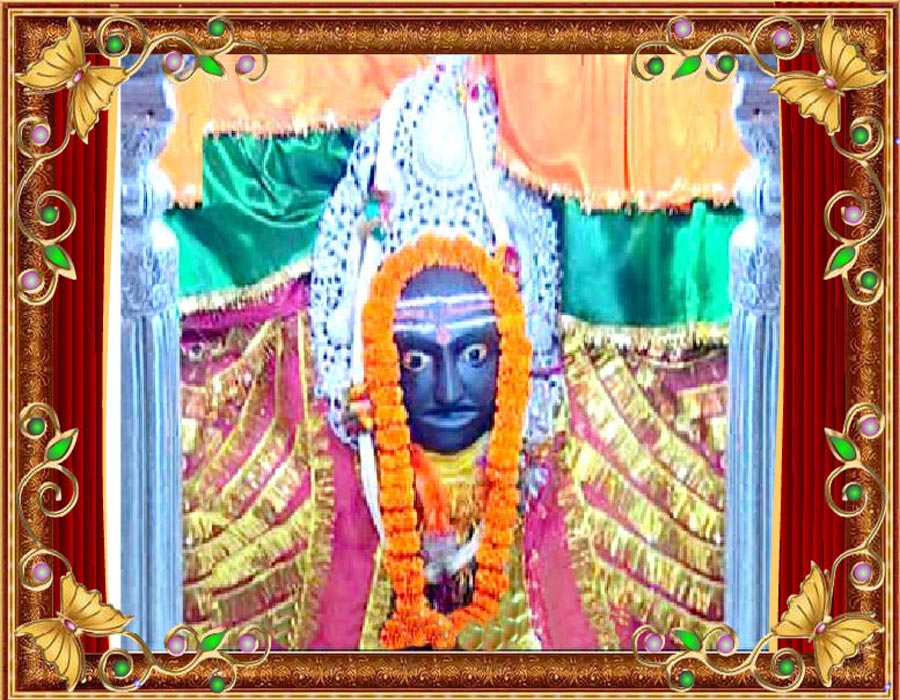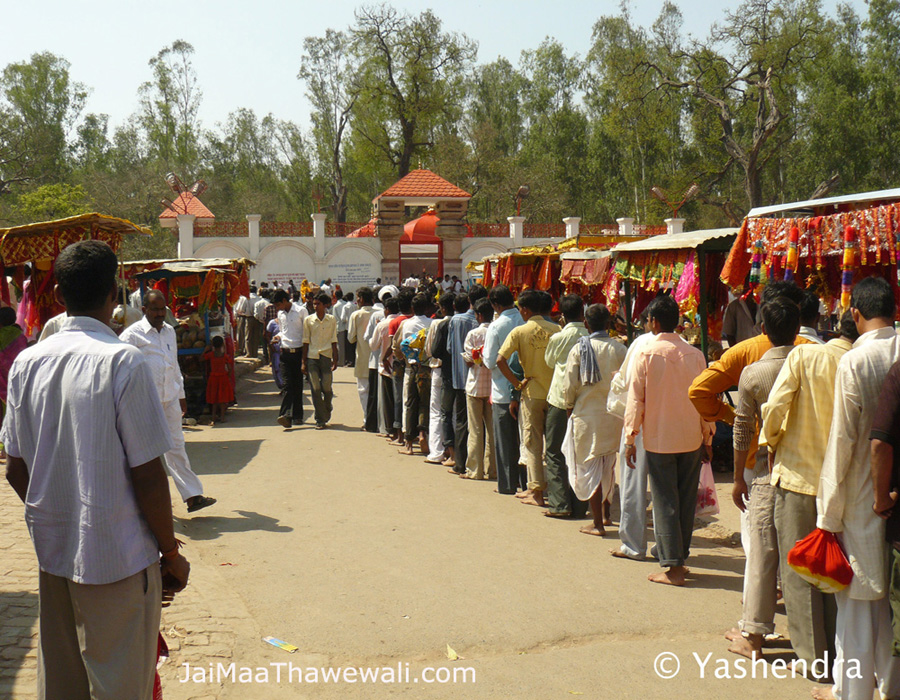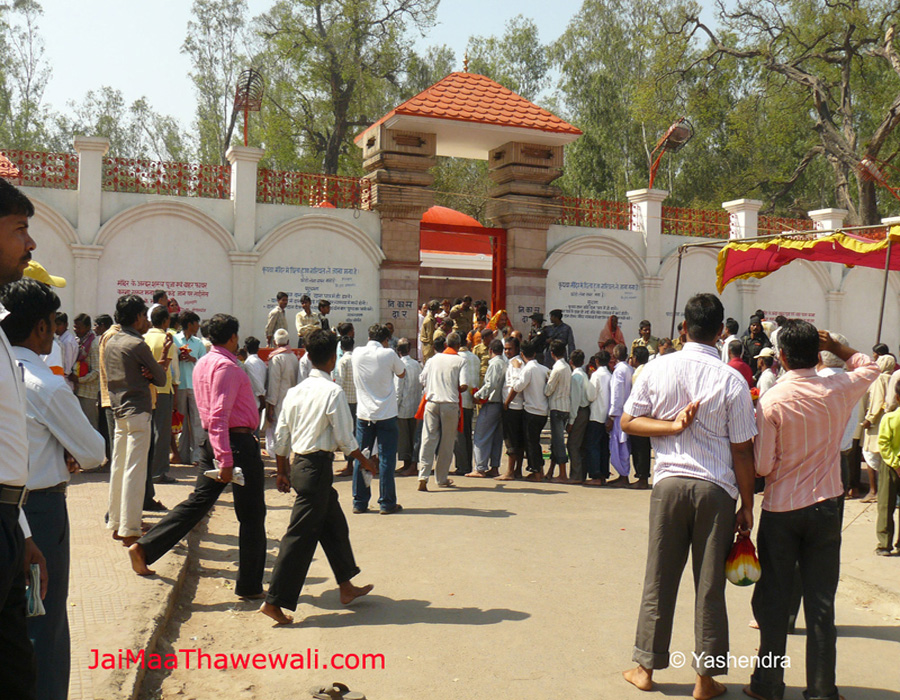सुविचार
हर्त्तुर्याति न गोचरं किमपि शं पुष्णाति यत्सर्वदा ह्यर्थिभ्य: प्रतिपाद्यमानमनिशं प्राप्नोति वृद्धिं पराम्। कल्पान्तेष्वऽपि न प्रयाति निधनं विद्याख्यमन्तर्धनं येषां तान्प्रति मानमुज्झत नृपा: कस्तै: सह स्पर्धते।।
- जो धन चोरों को दिखलायी नहीं पड़ता और सदा कल्याण को बढ़ाता है, तथा याचकों को सतत रूप से देते रहने पर भी जो बढ़ता ही जाता है, जो प्रलयकाल में भी नष्ट नहीं होता, इस प्रकार का विद्या नामक गुप्त धन जिसके पास है, हे राजाओं ! उनके सामने गर्व करना छोड़ दो, उनकी बराबरी भला कौन कर सकता है?
- जो धन चोरों को दिखलायी नहीं पड़ता और सदा कल्याण को बढ़ाता है, तथा याचकों को सतत रूप से देते रहने पर भी जो बढ़ता ही जाता है, जो प्रलयकाल में भी नष्ट नहीं होता, इस प्रकार का विद्या नामक गुप्त धन जिसके पास है, हे राजाओं ! उनके सामने गर्व करना छोड़ दो, उनकी बराबरी भला कौन कर सकता है?

माँ थावेवाली की कथा
जय माँ थावेवाली माँ दुर्गा तीनो लोको में सर्व शक्तिमान है। ब्रहमांड में मौजूद हर तरह की शक्ति इन्ही की कृपा से प्राप्त होती है और अंत में इन्ही में समाहित हो जाती है...
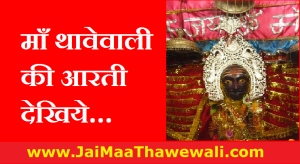
माँ थावेवाली की आरती
ॐ जय माँ थावेवाली सुमिरौ जो सिंहासनी भवानी
काटे संकट देवे करू, होवे पूर्ण मंशा मन-मानी
कतरा घास के धान बनावें, रहशु जी जब ध्यान लगावें
सात बाघ दायें झरे चावल...
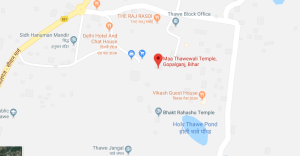
कैसे पहुचें थावे धाम
देश के विभिन्न हिस्सों से रेलमार्ग, हवाई मार्ग या सड़क मार्ग द्वरा बहुत आसानी से पहुचा जा सकता है,
कैसे पहुचें थावे वाली माता के धाम.
जानने के लिए क्लिक करे...
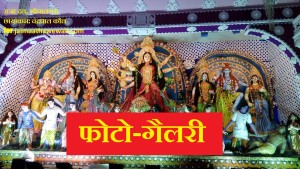
फोटो गैलरी
माँ थावेवाली धाम, विभिन्न शहरों मंदिरों, दुर्गा पुजा आयोजन एवं अन्य धार्मिक कार्यक्रमों के छायाचित्र देखें.
देखने के लिए क्लिक करें...
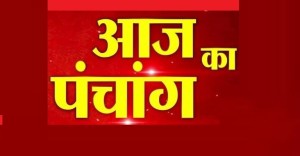
आज का पञ्चांग - बुधवार 02 जुलाई 2025
भारतीय पञ्चांग के अनुसार आज की तीथी, घड़ी, नक्षत्र, सूर्योदय व सूर्यास्त का समय आदि की जानकारी प्राप्त करें...
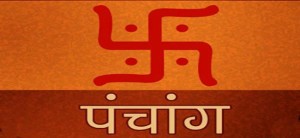
वार्षिक पञ्चांग
भारतीय पञ्चांग के अनुसार इस माह व वर्ष की तीथी, नक्षत्र, सूर्योदय व् सूर्यास्त का समय आदि जानकारी प्राप्त करें...
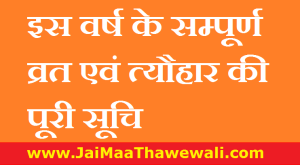
पर्व एवं त्यौहार
इस वर्ष का कौन-सा पर्व एवं त्यौहार किस दिन को पड़ा है? पुरे वर्ष के सभी पर्व-त्योहारों की जानकारी प्राप्त करें...
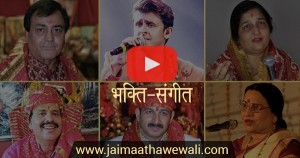
भक्ति-संगीत
हिन्दी एवं भोजपुरी के प्रसिद्द गायकों एवं गायिकाओं के प्रसिद्द भजनों एवं जगरातों के विशाल संग्रह का आन्नद लीजिये...
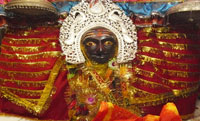
About Thawewali Maa
The Goddess Maa "Shakti" is the "Supreme power" which saturates the entire of the universe, and from which the Universe has emanated. There is nothing in the world, which is not "Shakti" in its essence. Shakti is the Great Mother of the Universe.
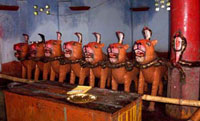
History of Thawewali Maa
This holy story pertains to about 14th century AD. King 'Manan Singh' from 'Chero' dynasty was ruler of 'Hathuwa'. Although Manan Singh was a devotee of Maa Durga but he was having a proud nature.
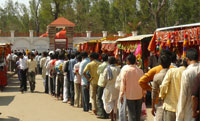
How to reach Maata Temple
The Temple of "Maa Thawewali" is situated in “Thawe”, in Gopalganj District in the State of Bihar, INDIA. This is only 6 K.M. from Gopalganj town on the Gopalganj-Siwan National Highway.

Aarti Thawewali Maa
om jai maa thawewali sumirau jo singhasni bhawani |
kate-sankat deve karu, hone purn mansha man-mani ||
katara ghas ke dhan banawe,rahshuji jab lagawe dhyan |
saat baagh daye jhare chawal, shakti sabne ma ki jani ||

